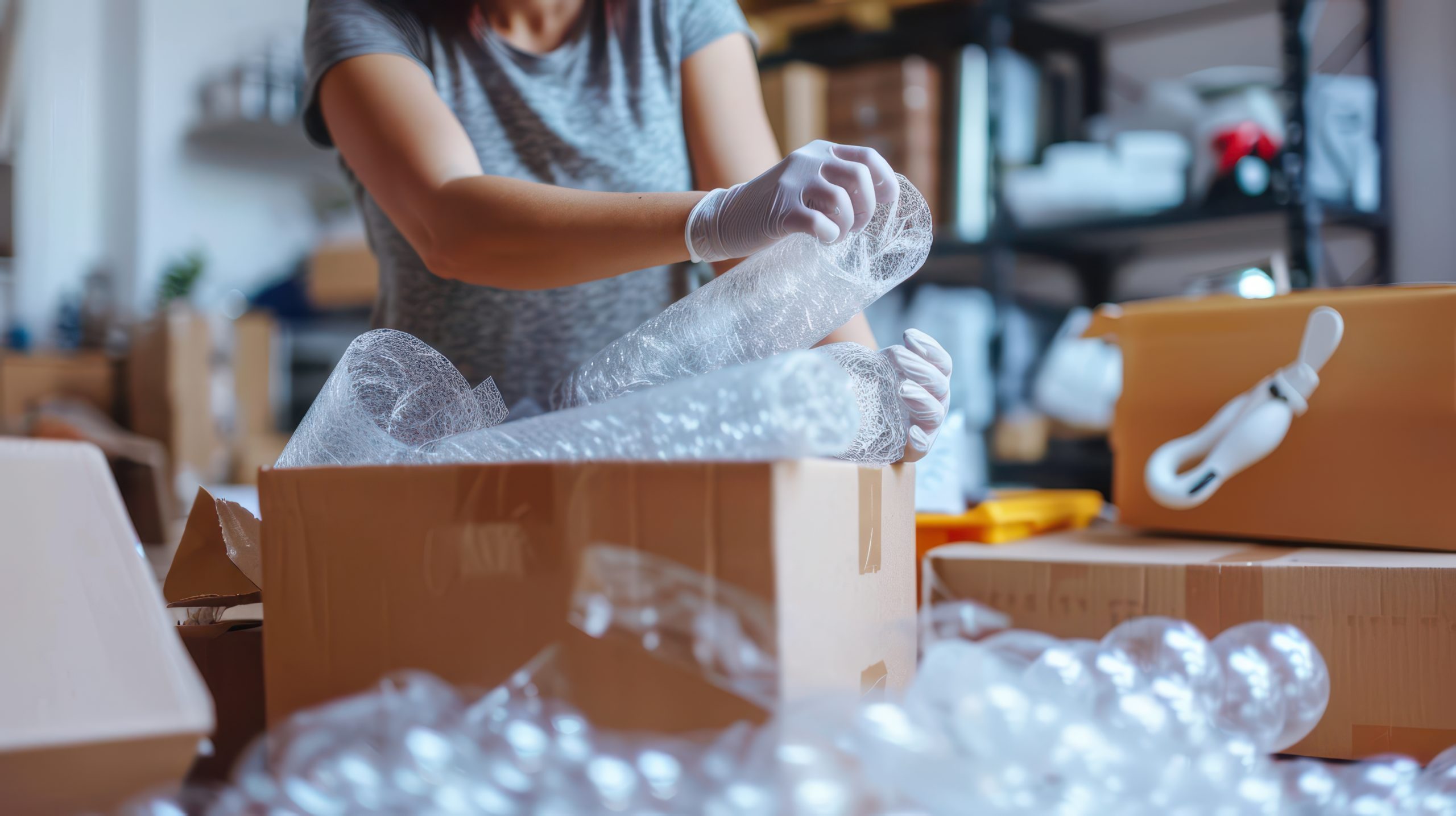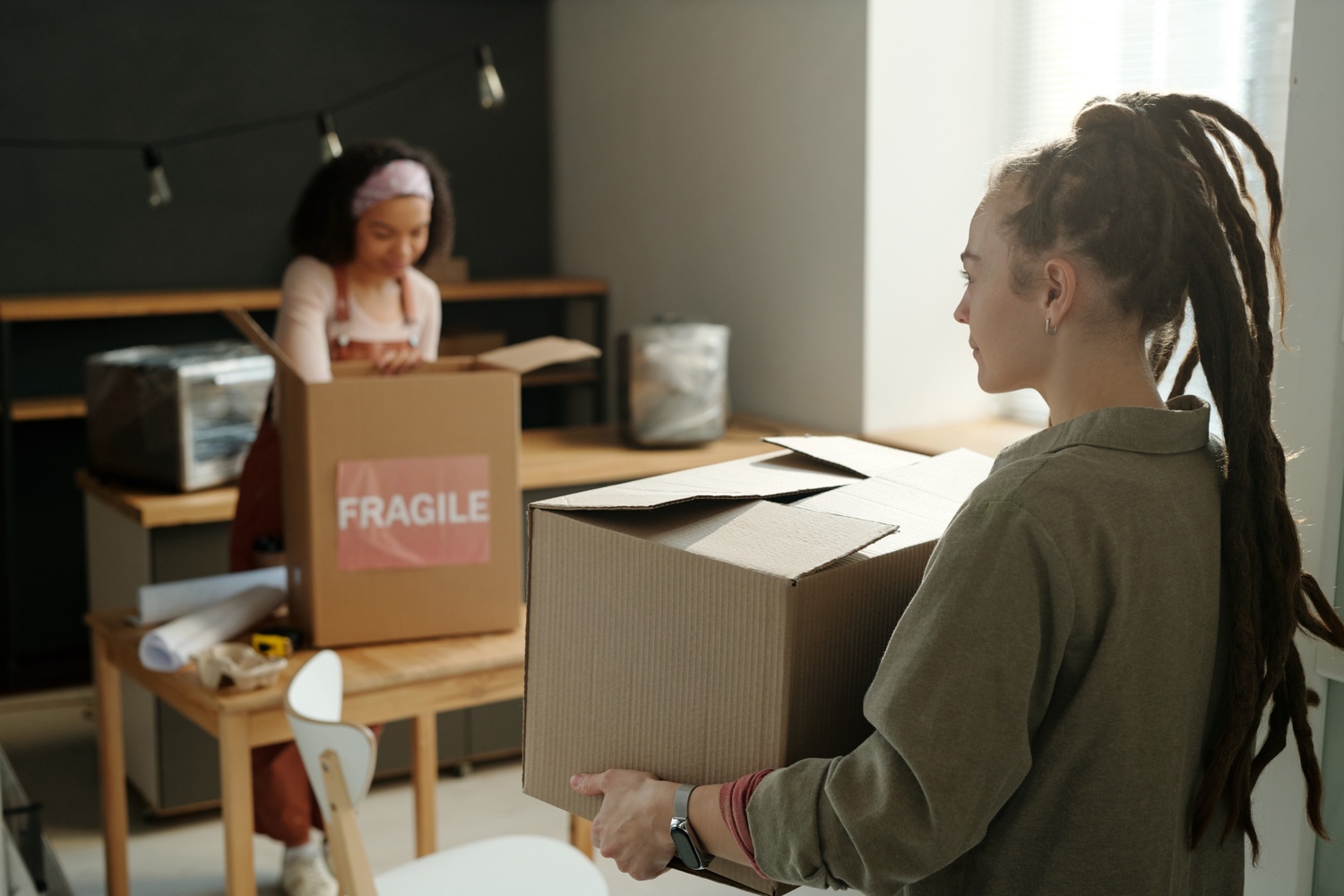
Moving to a new home is exciting, but it also comes with the stress of ensuring your belongings arrive in one piece. This is especially true for fragile items, those treasured possessions that are prone to breakage during transit. Whether it’s your grandmother’s antique vase, your collection of delicate china, or your expensive electronics, proper packing is crucial to prevent costly damage and heartache.
Improperly packed fragile items can face a multitude of risks during a move. From accidental drops and bumps to shifting cargo and changes in temperature, these items are vulnerable to cracks, chips, scratches, and even complete destruction. Investing a little extra time and effort in packing these items correctly can save you from the disappointment and financial burden of replacing damaged or irreplaceable belongings.
In this article, we’ll guide you through the essential dos and don’ts of packing fragile items, ensuring a smooth and damage-free move.
1. Do: Use High-Quality Packing Materials
Successful packing for a move starts with the right materials. Choosing high-quality packing materials is less an expense and more of a wise investment to safeguard your valuables. After all, wouldn’t you want the peace of mind knowing your cherished items are well-protected?
- Sturdy boxes: Opt for boxes specifically designed for moving, as they are more robust than regular cardboard boxes. Look for boxes with a double-wall construction for added strength and durability. Avoid using old or damaged boxes, as they are more likely to collapse under pressure.
- Bubble wrap: The cushioning power of bubble wrap is unmatched when it comes to protecting fragile items. Wrap each item individually in a generous amount of bubble wrap, ensuring all surfaces are covered. Secure the bubble wrap with packing tape to prevent it from unraveling during transit.
- Packing paper: Use packing paper to fill any empty spaces within the box. Crumpled packing paper acts as a shock absorber, preventing items from shifting and bumping against each other. Additionally, you can wrap fragile items in packing paper before placing them in bubble wrap for an extra layer of protection.
Don’t forget about other helpful materials like packing peanuts, foam padding, or even soft towels and blankets. These can be used to fill gaps and offer additional support for delicate items, ensuring they stay safe and sound throughout the move.
2. Don’t: Use Old or Damaged Boxes
While it might be tempting to reuse old boxes or grab a free one from the grocery store, resist the urge when packing fragile items. When engaging house removal services, always opt for new and sturdy boxes to protect your belongings. Old or damaged boxes are a liability during a move. Their structural integrity is often compromised, making them susceptible to collapsing, tearing, or getting crushed under the weight of other boxes.
Signs a Box Needs Replacing
- Tears or holes: Obvious signs of damage are a clear indicator that a box is no longer suitable for packing.
- Water stains: Water stains suggest the box has been exposed to moisture, weakening its structure.
- Soft spots: If the box feels soft or gives easily when pressed, it’s a sign that the cardboard is compromised.
- Rips or creases: Even minor rips or creases can weaken a box and make it more prone to failure.
Remember, the cost of replacing a damaged box is far less than replacing a broken heirloom.
3. Do: Label Boxes Clearly
Labeling boxes might seem like a small detail, but it plays a huge role in ensuring the safe arrival and efficient unpacking of your fragile items. Clear labeling serves as a roadmap for both you and anyone handling your boxes during the move.
Labeling Best Practices
- Use bold labels: ‘Fragile’ labels should be large, bold, and easily visible from all angles. Consider using bright-colored labels or markers to make them stand out.
- Label all sides: Don’t just label the top of the box. Label all sides so the fragility is clear no matter how the box is positioned.
- Add specific instructions: If certain items require extra care, add specific instructions to the label, such as ‘This Side Up’ or ‘Do Not Stack.’
- List contents: Briefly list the contents of the box to help you identify it later. You can also number the boxes and keep a separate inventory list for more detailed tracking.
- Use packing tape: Secure the labels with packing tape to prevent them from getting torn or lost during the move.
By taking the time to label your boxes clearly, you’re not only protecting your fragile items but also ensuring a smoother unpacking experience in your new home.
4. Don’t: Forget to Insure Valuable Items
Accidents happen, even with the most careful packing and handling. For items with high monetary or sentimental value, consider insurance to protect yourself from financial loss in case of damage or loss during the move.
Choosing the Right Coverage
- Assess the value: Determine the value of your items to ensure you have adequate coverage. You might need appraisals for antiques or collectibles.
- Moving insurance: Consider purchasing additional moving insurance to supplement your existing coverage. This can be through your moving company or a third-party provider.
- Declared value protection: This option, often offered by moving companies, provides coverage based on the declared value of your items.
- Full value protection: This higher-cost option provides full replacement value for lost or damaged items.
Protecting your valuable items with insurance is a smart move that offers peace of mind and financial security during your relocation.
Conclusion
Moving is a big task, no doubt about it. But when it comes to your fragile belongings, a little extra care and preparation can make all the difference. Sure, it might take a bit more time and effort, but the payoff is huge—the peace of mind knowing your treasures are safe and sound. So, roll up your sleeves, grab your packing supplies, and get to it. You’ll be glad you did when you unpack those boxes in your new space.

